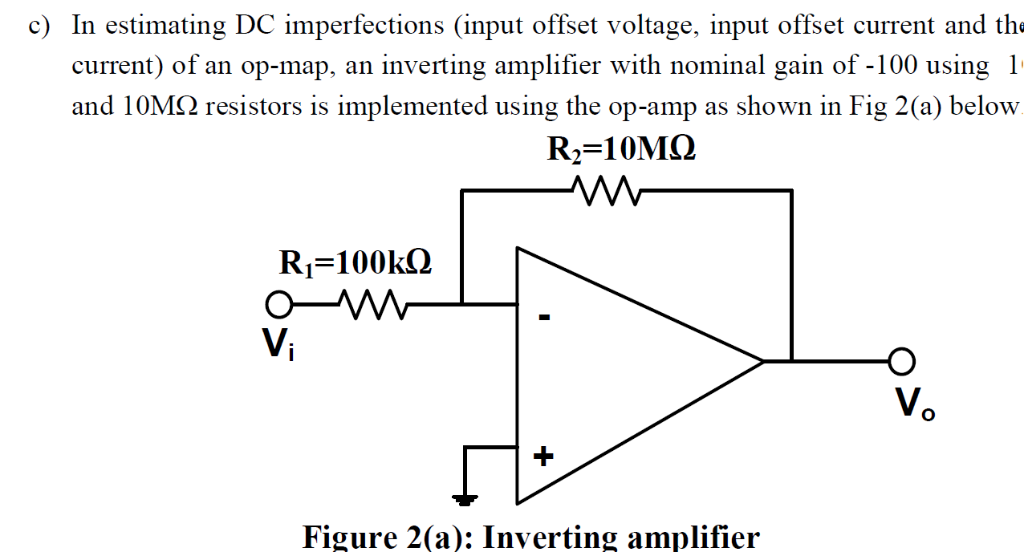

We will look at the controlledvoltage source forms first (those using SP and PP negative feedback).įor analysis, you can use the classic treatment given in Chapter Three however, due to some rather nice characteristics of the typical op amp, approximations will be shown. With the simple inclusion of one or two resistors, for example, we can make inverting voltage amplifiers or noninverting current amplifiers. Because these forms were presented as current-sensing and voltage-sensing respectively, you might get the initial impression that all voltage amplifiers must be noninverting. The parallel input form inverts the input signal, and the series input form doesn't. So, for example, if the input voltage isĩV in magnitude, the output voltage will be 54V in magnitude.As noted in our earlier work, negative feedback can be applied in one of four ways.

This means that the output will be 6 times greater in magnitude than the input voltage. Resistor, R F of 100KΩ, will have a gain of 6. For example, an op amp with a resistor, R IN, of 20KΩ and a The gain of an op amp signifies how much greater in magnitude the output voltage will be than the input. The output resultant gain value does not have any units. A user can specify each resistance value as either ohms (Ω), kilohms (KΩ), or megohms (MΩ). This calculator calculates the gain of a noninverting op amp based on the input resistor value, R IN, and the output resistor value, R F, accordingĬomputed and shown below.

Knowing the formulas for calculating the gain of op amps is crucial to having high-precision amplifier circuits. So, for example, if the input voltage isĥV in magnitude, the output voltage will be 50V in magnitude.Ĭalculating the gain of an op amp is very important because many circuits such as audio amplifiers and volume control circuits need to utilize op amp gain in order to functionĬorrectly. This means that the output will be ten times greater in magnitude than the input voltage. Resistor, R F of 10KΩ, will have a gain of 10. For example, an op amp with a resistor, R IN, of 1KΩ and a It's simply the factor by which the input signal is multiplied by to produce the amplified output voltage. The output resultant value does not any units. To use this calculator, a user just inputs the value of resistor, R IN, and resistor, R F, and clicks the 'Submit' button and the answer is automaticallyĬomputed and shown below. This calculator calculates the gain of an inverting op amp based on the input resistor value, R IN, and the output resistor value, R F, according


 0 kommentar(er)
0 kommentar(er)
